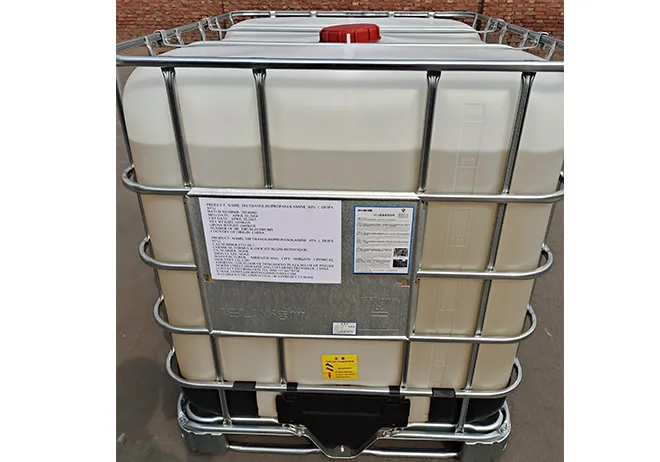
e160b food additive
Understanding E160b The Food Additive
Food additives play a significant role in modern food production, enhancing flavors, colors, and extending shelf life. Among these additives, E160b stands out as a popular coloring agent derived from natural sources. Commonly known as Annatto or Bixin, E160b is utilized in various food products and is particularly valued for its ability to impart a vibrant orange-red hue to foods.
What is E160b?
E160b is derived from the seeds of the achiote tree (Bixa orellana), which is native to tropical regions of the Americas. The seeds are encapsulated in fruit pods and contain a natural pigment called bixin, which is responsible for the intense color. Traditionally, Annatto has been used not only as a food coloring agent but also in cosmetics and textiles due to its vibrant hue. Furthermore, the use of E160b dates back centuries, showcasing its long history and acceptance in various cultures.
Uses of E160b
E160b is commonly used in dairy products, cheeses, snacks, and meat products. It is especially popular in the cheese industry, where it is added to products like cheddar and colby to give them that appealing yellow-orange color that consumers often expect. Additionally, E160b can be found in butter, margarine, and even beverages, providing both aesthetic appeal and differentiation in the marketplace.
Another prevalent use of E160b is in processed foods, where visual appeal can significantly influence consumer choice. The bright color not only attracts attention but also suggests flavorfulness, which can enhance the perceived value of a product. For example, brightly colored snack foods are often more appealing to children, making E160b a useful tool in targeting younger demographics.
e160b food additive

Safety and Regulations
One of the important aspects of food additives, including E160b, is their safety. The food industry is subject to rigorous regulations to ensure that additives are safe for consumption. E160b has been evaluated by various food safety authorities, including the European Food Safety Authority (EFSA) and the U.S. Food and Drug Administration (FDA). Both organizations have deemed E160b safe for use in specified amounts. However, as with any additive, there can be exceptions; some individuals may experience allergic reactions, and it is always wise for consumers to check labels if they have sensitivities.
While natural colorants like E160b are often preferred over synthetic alternatives, there is a growing trend among consumers seeking to minimize their intake of additives altogether. This shift is prompting manufacturers to reformulate products and emphasize transparency in their ingredient lists.
Environmental Impact
Another consideration related to E160b is the environmental impact of its sourcing. The achiote tree is cultivated primarily in tropical regions, and while it is relatively sustainable, concerns regarding agricultural practices, deforestation, and biodiversity loss are important. Consumers are becoming increasingly aware of the environmental footprint of their food choices, pushing brands to adopt more sustainable practices in sourcing and production.
Conclusion
E160b, or Annatto, is a fascinating food additive that highlights the intersection of nature and modern food technology. While it contributes significantly to the visual appeal of many products, it is essential for consumers to be informed about the additives in their foods, including potential allergies and dietary preferences. As the food industry continues to evolve, the demand for natural products and sustainable practices will likely shape the future of additives like E160b, allowing it to remain a staple in food development while addressing environmental and health concerns. Through this lens, E160b serves not only as a coloring agent but also as a reflection of the trends and values influencing the contemporary food landscape.
-
Buy High-Quality Trichloroisocyanuric Acid for Sale | TCCA 90% SupplierNewsAug.30,2025
-
Pure Sodium Dichloroisocyanurate Dihydrate | Powerful DisinfectantNewsAug.29,2025
-
Industrial Chemicals: Quality & Purity for Every IndustryNewsAug.28,2025
-
Nitrile Rubber Honoring Strict Production StandardsNewsAug.22,2025
-
Aspartame Ingredients Honoring Food Safety ValuesNewsAug.22,2025
-
Fertilizer for Balanced Plant NutritionNewsAug.22,2025
-
Cyanide Gold Processing with High Purity AdditivesNewsAug.22,2025
Hebei Tenger Chemical Technology Co., Ltd. focuses on the chemical industry and is committed to the export service of chemical raw materials.
-

view more DiethanolisopropanolamineIn the ever-growing field of chemical solutions, diethanolisopropanolamine (DEIPA) stands out as a versatile and important compound. Due to its unique chemical structure and properties, DEIPA is of interest to various industries including construction, personal care, and agriculture. -

view more TriisopropanolamineTriisopropanolamine (TIPA) alkanol amine substance, is a kind of alcohol amine compound with amino and alcohol hydroxyl, and because of its molecules contains both amino and hydroxyl. -

view more Tetramethyl Thiuram DisulfideTetramethyl thiuram disulfide, also known as TMTD, is a white to light-yellow powder with a distinct sulfur-like odor. It is soluble in organic solvents such as benzene, acetone, and ethyl acetate, making it highly versatile for use in different formulations. TMTD is known for its excellent vulcanization acceleration properties, which makes it a key ingredient in the production of rubber products. Additionally, it acts as an effective fungicide and bactericide, making it valuable in agricultural applications. Its high purity and stability ensure consistent performance, making it a preferred choice for manufacturers across various industries.





